Most English teaching jobs in South Korea are at private kindergarten academies. For many new teachers, their first year of teaching will be at one of these academies. Teaching small children can be a daunting prospect for many first time teachers with no prior experience working with children. However, if you love children and have lots of energy, teaching kindergarten in South Korea can be a fun and rewarding experience.
Here are some pros and cons to consider before signing a full year contract:
Pro: Smaller class sizes
As I mentioned before, many first time teachers could be terrified at the prospect of teaching a room full of small children. However, at a private kindergarten academy, the classroom will not be too full. At most you will have ten to twelve students in your class, which is a far cry from the typical elementary school classroom. In North America the typical kindergarten classroom may have twenty to thirty students. A smaller class size really softens the blow for teachers with little or no experience working with young children. It makes classroom management much easier, and you also have more time to spend with each individual student.
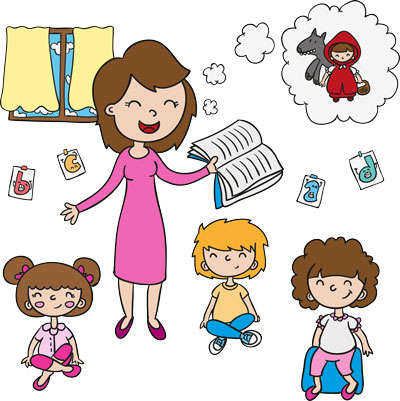
Pro: Co-teachers
Most, if not all, kindergarten academies have Korean co-teachers who are partner teachers with you in your classroom. If you are having any problems with your classroom or need any help with problem students your co-teacher will really come in handy. Some co-teachers have more hands-on responsibilities in the classroom and may even teach your students for part of the day. Some co-teachers do not teach at all in the classroom, but if you need any extra help with students or in managing your class they are usually very helpful. It’s very important to have a positive relationship with your co-teacher because you will work closely with him or her all year.
Pro: Lesson planning is easier
Lesson planning for a typical elementary school classroom can eat up a lot of your time. However, in a private kindergarten academy, you will usually have a slew of books covering a wide range of subjects to cover throughout the year. So all you really need to do is plan on how you will teach the material you have to cover for that specific day, which doesn’t take that much time. You may also need to create some supplemental materials for the kids. It is always better to have some extra activities planned just in case you finish up the lesson earlier than expected or if the kids need something new to focus on.
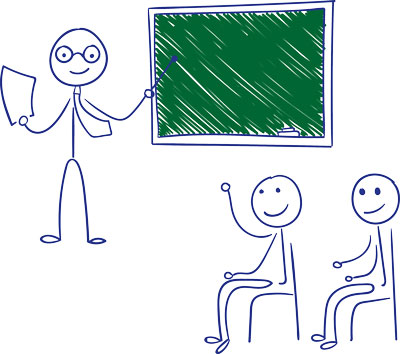
Con: Long work day
In my opinion this is the worst part of teaching kindergarten in South Korea. At most private kindergarten academies a typical workday is from nine to six. This is because as a kindergarten teacher you will not only be teaching kindergarten. You will also need to teach elementary school classes in the afternoon that are a part of the academy’s after school program. The elementary school classes are not difficult to teach but it does make for a lot of contact hours with young students and that can get draining for a teacher. This is a big part of why many teachers opt to teach in a public school setting where there is less contact time with students and more time for lesson planning.
Con: High expectations
Since the kindergarten classroom is so small in a private academy, there are very high expectations of the students. There is a lot of pressure to make sure each student is progressing very quickly. Also, a Korean kindergarten classroom is much more academically focused than a North American one. Students will typically be learning material that is actually higher than their level. Most of the students can handle the more difficult material but some students need more time to develop reading and writing skills. It may feel like some materials you are teaching are inappropriate for the age group, but in most cases young learners are able to step up to the challenge.
Con: Not all private academies are created alike
It is very important to do your research before accepting a contract at a private kindergarten academy. This can really determine whether or not you’re going to enjoy your time teaching in South Korea. You probably have already read nightmarish stories of teachers who were mistreated at their academies or of contracts not being followed at all. We all know these things can and do happen. On the other hand, there are many decent and reputable academies that respect their teachers where you will have a wonderful year teaching. Make sure you research the academy online and definitely speak to teachers who have worked there and who currently work there.
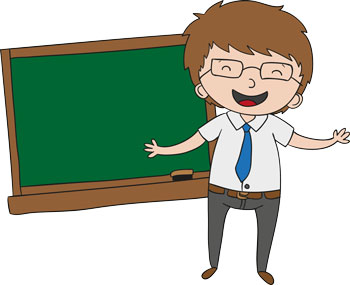
Verdict: Teaching Kindergarten is… a PRO
In my opinion, the pros of teaching kindergarten far outweigh the cons. If you love working with kids and have lots of energy you will probably have a lot of fun. Even if you don’t love working with kids that much, working with this age group can really help you develop skills and qualities (i.e. patience) that will serve you greatly in the future.
Edited by Yoyin Adenusi
Featured images courtesy of Freepik (Header, Storytime, Teaching Students, Happy Teacher)
As I mentioned before, many first time teachers could be terrified at the prospect of teaching a room full of small children. However, at a private kindergarten academy, the classroom will not be too full. At most you will have ten to twelve students in your class, which is a far cry from the typical elementary school classroom. In North America the typical kindergarten classroom may have twenty to thirty students. A smaller class size really softens the blow for teachers with little or no experience working with young children. It makes classroom management much easier, and you also have more time to spend with each individual student.

Pro: Co-teachers
Most, if not all, kindergarten academies have Korean co-teachers who are partner teachers with you in your classroom. If you are having any problems with your classroom or need any help with problem students your co-teacher will really come in handy. Some co-teachers have more hands-on responsibilities in the classroom and may even teach your students for part of the day. Some co-teachers do not teach at all in the classroom, but if you need any extra help with students or in managing your class they are usually very helpful. It’s very important to have a positive relationship with your co-teacher because you will work closely with him or her all year.
Pro: Lesson planning is easier
Lesson planning for a typical elementary school classroom can eat up a lot of your time. However, in a private kindergarten academy, you will usually have a slew of books covering a wide range of subjects to cover throughout the year. So all you really need to do is plan on how you will teach the material you have to cover for that specific day, which doesn’t take that much time. You may also need to create some supplemental materials for the kids. It is always better to have some extra activities planned just in case you finish up the lesson earlier than expected or if the kids need something new to focus on.

Con: Long work day
In my opinion this is the worst part of teaching kindergarten in South Korea. At most private kindergarten academies a typical workday is from nine to six. This is because as a kindergarten teacher you will not only be teaching kindergarten. You will also need to teach elementary school classes in the afternoon that are a part of the academy’s after school program. The elementary school classes are not difficult to teach but it does make for a lot of contact hours with young students and that can get draining for a teacher. This is a big part of why many teachers opt to teach in a public school setting where there is less contact time with students and more time for lesson planning.
Con: High expectations
Since the kindergarten classroom is so small in a private academy, there are very high expectations of the students. There is a lot of pressure to make sure each student is progressing very quickly. Also, a Korean kindergarten classroom is much more academically focused than a North American one. Students will typically be learning material that is actually higher than their level. Most of the students can handle the more difficult material but some students need more time to develop reading and writing skills. It may feel like some materials you are teaching are inappropriate for the age group, but in most cases young learners are able to step up to the challenge.
Con: Not all private academies are created alike
It is very important to do your research before accepting a contract at a private kindergarten academy. This can really determine whether or not you’re going to enjoy your time teaching in South Korea. You probably have already read nightmarish stories of teachers who were mistreated at their academies or of contracts not being followed at all. We all know these things can and do happen. On the other hand, there are many decent and reputable academies that respect their teachers where you will have a wonderful year teaching. Make sure you research the academy online and definitely speak to teachers who have worked there and who currently work there.

Verdict: Teaching Kindergarten is… a PRO
In my opinion, the pros of teaching kindergarten far outweigh the cons. If you love working with kids and have lots of energy you will probably have a lot of fun. Even if you don’t love working with kids that much, working with this age group can really help you develop skills and qualities (i.e. patience) that will serve you greatly in the future.
Edited by Yoyin Adenusi
Featured images courtesy of Freepik (Header, Storytime, Teaching Students, Happy Teacher)
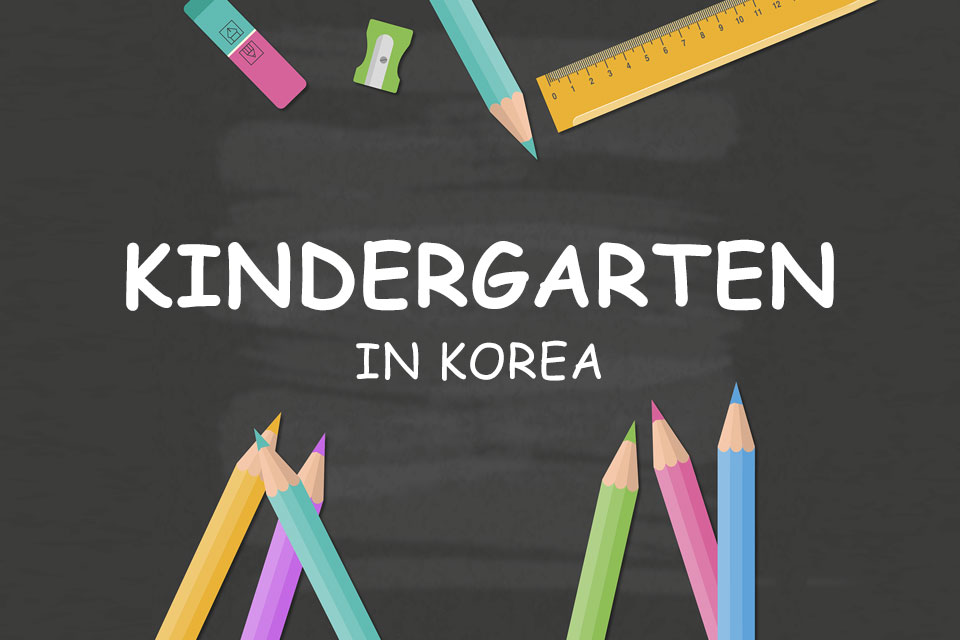

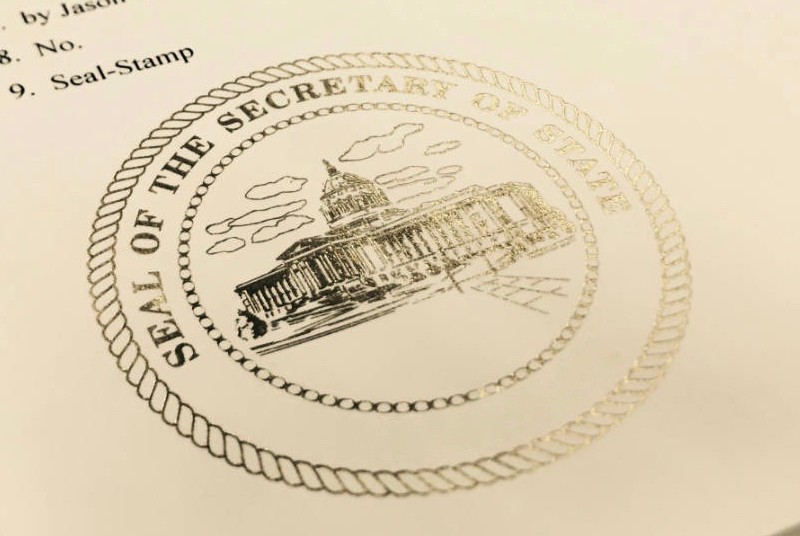
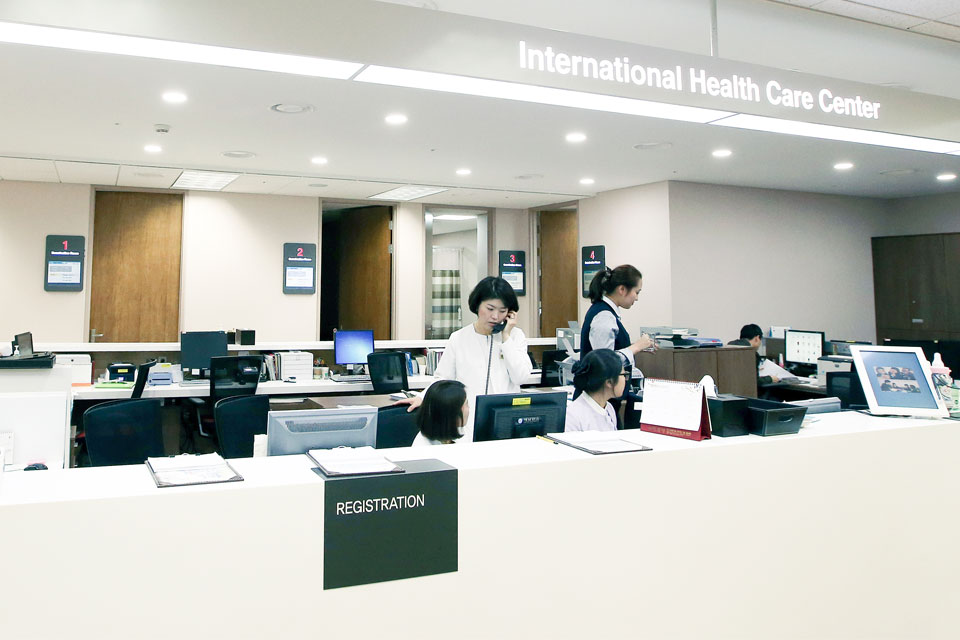
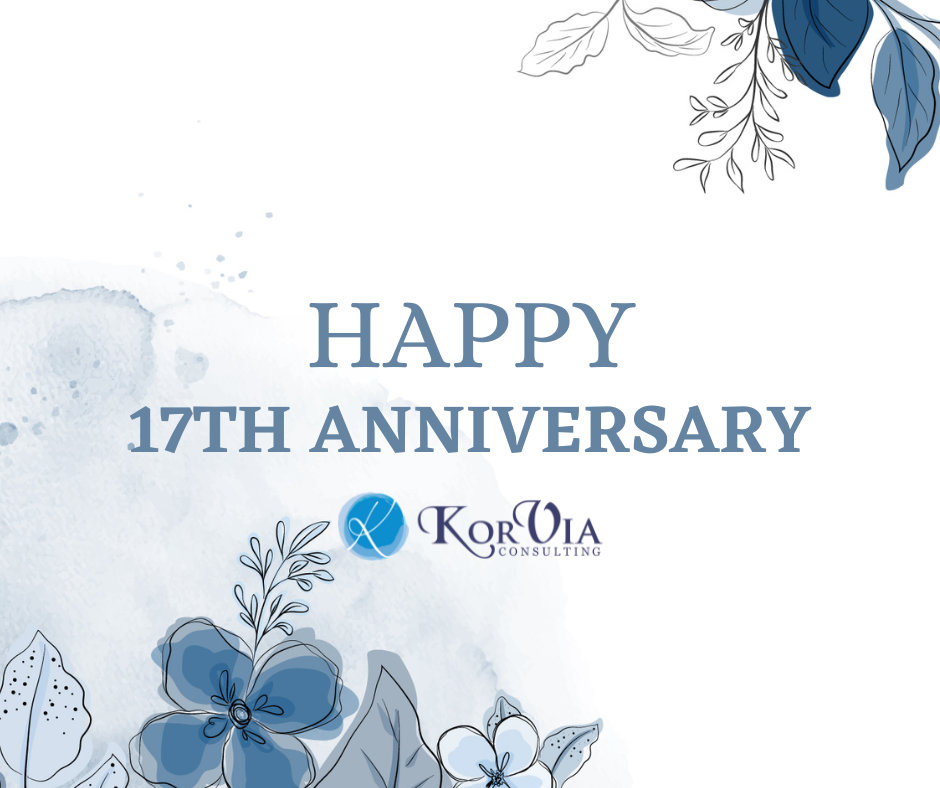

I would argue that most English teaching jobs are at hagwons, not specifically Kindies. I would say kindies represent maybe 10% of the hagwon market in our city.
High parent expectations are a result of high investment. English kindergartens are businesses and not recognized as part of the Korean education system. They don’t receive any gov’t support and can structure their curriculum however they like. Parents shell out upwards of $500 a month for these programs…some over $1000.
I have found that kinder lessons take the longest to plan…if you want them to be of any use. All the current educational research points to kids at this age learning from first hand experiences and natural interactions…so all these workbooks and flashcards are not what actually helps kids internalize the language. They need experiencial lessons with realia and dramatic play (not script reading)…it is actually quite involved to plan these lessons. But a good lesson plan is worth gold and can be used multiple times and with any age within the kinder (typically 3-6 western age).
I think teaching at an English kinder is very rewarding and has required me to grow as an educator. It’s not a position I would recommend anyone take on without due consideration. English kinders aren’t like most hagwonswhere you teach kids conversation and they have a team of Korean teachers to do vocab, reading and grammar…at a kinder program you are often THE English teacher and will be expected to assume full responsibility for these student’s acquisition of English. It’s wonderful if you’re passionate about Early Learner Education…but please don’t consider such a job if you aren’t.
Are there different requirements to teach as an under-five teacher in Korea? Or do you need a 3-4 year degree no matter what?